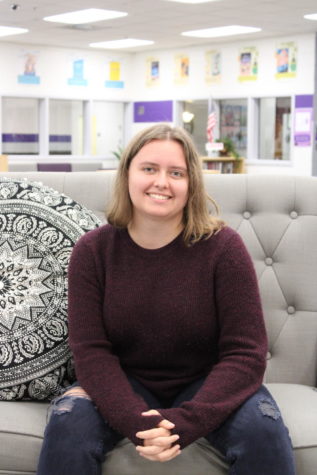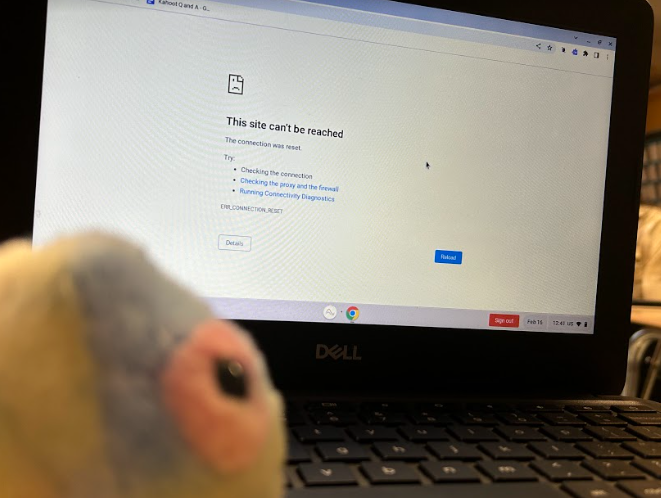The Wi-Fi Restrictions Are Harmful
The internet is a sea of information and also a cesspool of horror, which is why it is understandable that the school has restrictions on the Wifi. The county blocks certain websites in order to protect students and also help foster an environment conducive to learning.
But, what about when it goes too far? What about when it becomes more harmful than good?
Over the years the school has blocked more and more websites and assets on the school’s Wifi. When I was in ninth grade back in the 2019-20 school year, there was little to no problem accessing videos on YouTube, and teachers often used videos to supplement lesson plans. I have watched as the amount of access to these videos has declined significantly. In the beginning of the shift to an increase in restrictions, there were often times when lesson plans had to be changed because students could not access the videos that were needed. This change would be fine if the way that videos are blocked made sense.
Educational videos used in classrooms such as explanations about chemistry and healthcare have been blocked on the Wi-Fi. Videos such as recordings of the presidents taking the Oath of Office and the Rice University Speech (done by John F. Kennedy) are blocked for being deemed inappropriate for viewing. These videos are important for the historical context they offer and fit within the curriculum within the school.
“I like to watch history videos in my free time, but a lot of the more in-depth videos are blocked,” senior Mikayla Matthews commented.
Another issue that came from the Wi-Fi censorship was the blocking of websites such as SlidesGo and Carnival Slides, which are Google Slides template sites. These sites have been used to create visually pleasing and engaging presentations. Now, students are left with the plain and uninteresting presentations offered by Google Slides, or they have to download the templates at home. The third option is to learn an entirely different platform that is sometimes incompatible when turning it into dropboxes.
Finally comes the issue of social media. It makes sense to block social media platforms, but there are some discrepancies with those that are blocked. Instagram, Facebook, TikTok and Wattpad are blocked, but Twitter is not. The school has a Twitter account, which would account for the access, but there are clubs that have Instagram and TikTok accounts that sometimes have important information posted for the students. Then, there are groups such as Esports that use Discord to communicate, which is also blocked on the Wi-Fi. Furthermore, due to connectivity issues, most if not all VPNs are blocked, which makes it so that they can not access these websites even if necessary. But, heaven forbid someone makes a Pinterest board during class.
“I think that certain things should be restricted, but I think it has gone too far in the wrong direction,” Matthews said.
In the end, the censorship and blocking of content on the school Wi-Fi is a subpar protection feature at best and a major hindrance at worst.

Hey, guys! My name is Emma Simmons, and I am Sarah’s other half and Co-Editor. This is my fourth and final year of journalism, so everyone is in for...


